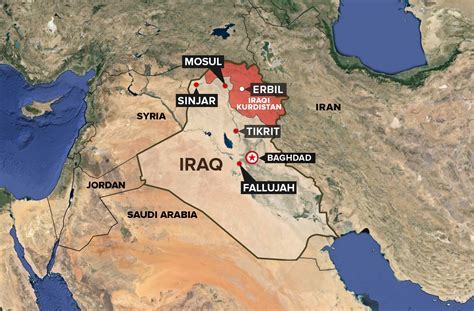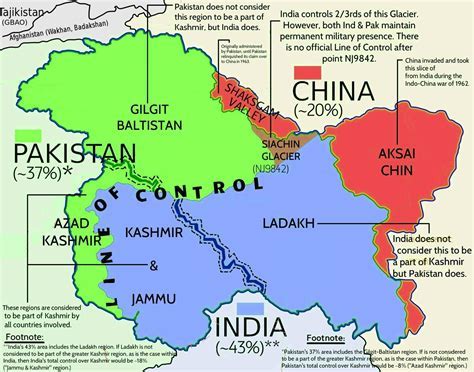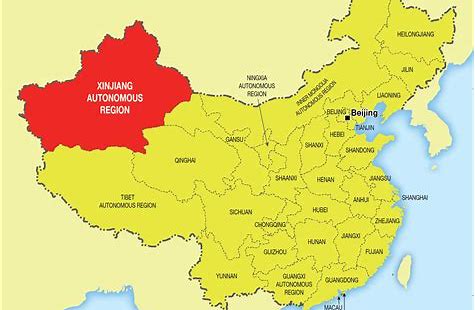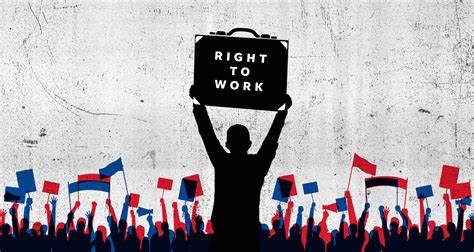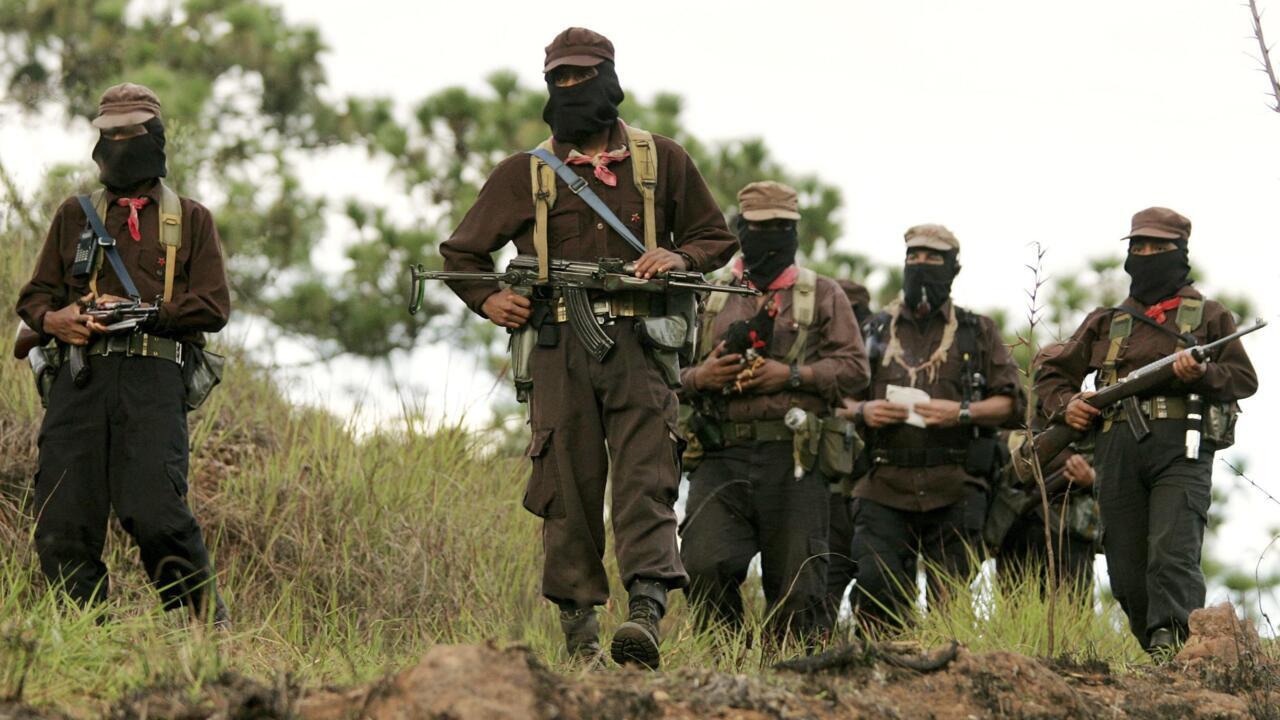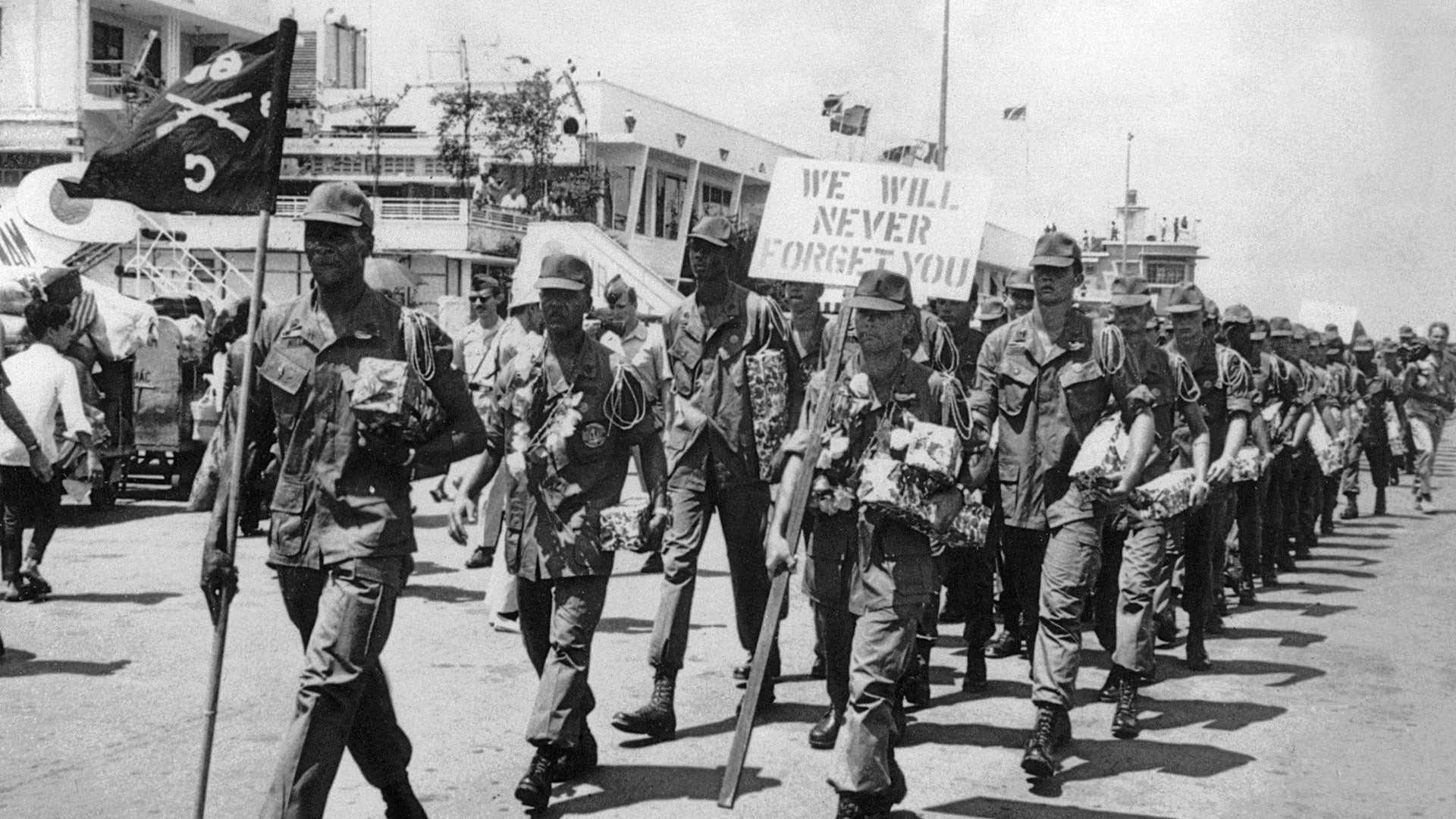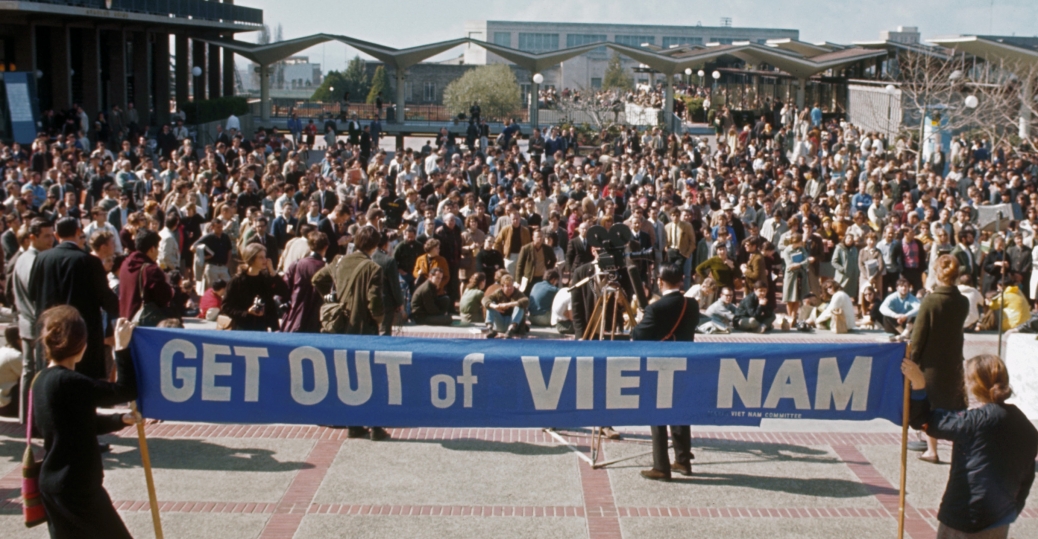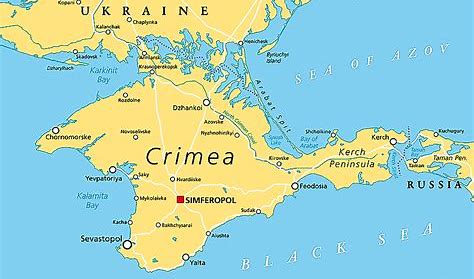
Pro-Russia supporters attend a rally in the Crimean port city of Sevastopol on March 8, 2014.
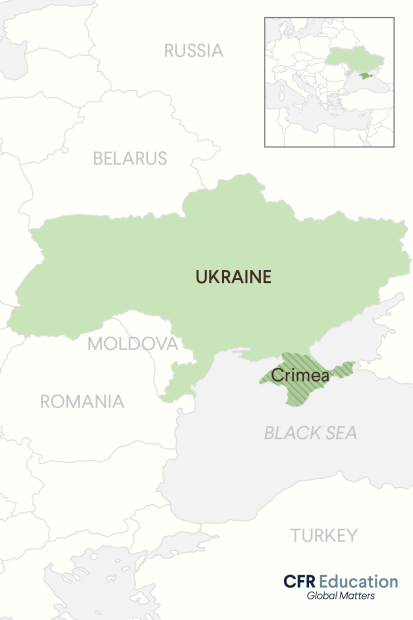
Source: Reuters.
In 2014, a new government in Ukraine sought to politically align the country more closely with the European Union and the North Atlantic Treaty Organization (NATO). Soon after, Russian troops invaded Crimea, a region in Ukraine where nearly 80 percent of the population speaks Russian as a mother tongue. Crimea was formerly a part of the Soviet Union until Soviet leader Nikita Khrushchev gave it away in 1954. The invasion in 2014 gave way to a highly contentious referendum held under Russian military pressure. In this referendum, the Crimean population voted to leave Ukraine and join Russia. Two days after the invasion, Russia officially annexed Crimea. The Kremlin justified this land grab by citing Crimeans’ right to self-determination. The Ukrainian government, United States, and European Union have refused to recognize the referendum’s legitimacy. They do not even recognize Russia’s control over the territory. This movement served as a precursor to a major conflict now embroiling Ukraine today. A full invasion of Ukraine by Russia in 2022 set alight one of the bloodiest conflicts in Europe since World War II. This conflict is still unfolding, and some experts suggest it reflects the re-emergence of global great power competition.

